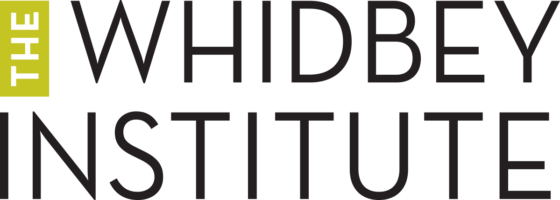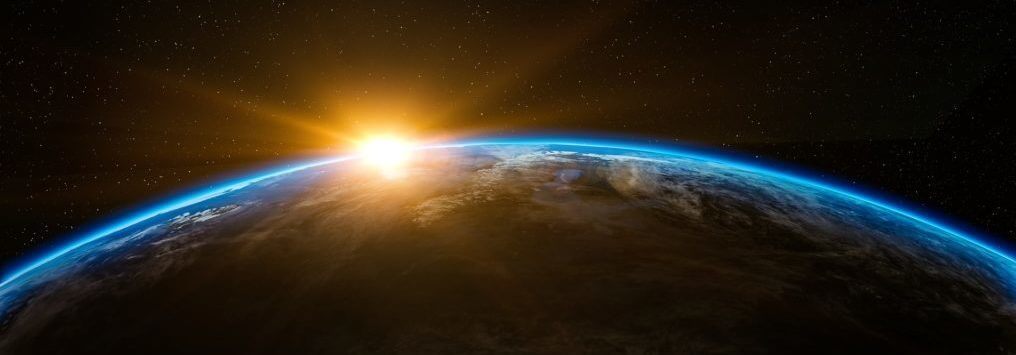Robert Gilman and I recently connected about the upcoming program From Anxiety to Agency: Generative engagement with the challenges of our times. This program is designed to provide a conceptual framework, some deeper understanding, and some experiential skillbuilding for getting into our “optimal zone”—the psychological and physiological place where we are creative, connected, energized, and capable of powerful and positive engagement with the world’s great challenges. Here’s part of that conversation. —Marnie Jackson
Marnie: You talk about a shift, from anxiety to agency. What does this look like?
Robert: The culture we’re immersed in, and even the progressive subculture you and I are immersed in, buys into an old story about the strategy for social change: people need to raise the alarm, and then things will happen. There’s a place for that kind of response, but it’s shrinking. Today, we’re working with what we call long arc urgency. Climate change is a good example of something with a long arc urgency. We’re looking at moving our response away from this “raise the alarm, then panic” response and toward something more useful and more sustainable. We’re moving from functioning out of our amygdalae toward functioning out of our upper parasympathetic nervous systems.
Can you elaborate on the physiology of that shift?
The amygdala is a bundle of neurons and a key part of our limbic system. In humans, as in other species, it’s associated with fear responses, aggression, and other basic emotions. A growing body of psychological research says the more people function out of their amygdala, the less effective and creative they are. They tend to fixate. Their approach to things becomes low-resolution.
Because we’re dealing with complex systems, we need to have sustainable motivation. Our amygdala is ideal for split-second activation. When people live in a constant state of fear and anxiety—the state the culture expects of us and trains us into—we’re not using the amygdala well, or for what it’s designed for.
In this program, we’re learning how to act from our optimal zone, present and engaged but not in fight or flight. When you’re led by your upper parasympathetic nervous system, in contrast to in your amygdala, you’re more easily in connection with people, you’re more at peace, you feel good, you’re more creative, you have more energy, and instead of experiencing the collapse that comes with living through your amygdala you experience an expansion of your capacity. You’re more useful. Not only does it feel better, it makes you better able to deal with the issues out there.
“The back and forth struggle between love and fear has been discussed for thousands of years, but due to contemporary advancements in neuroscience we can now look at that in quite a lot of detail.”
The upper parasympathetic nervous system is connected to nearly everything above the diaphragm. It’s breathing, it’s smiling, it’s all those things that we know evoke a shift in feeling. We’ll explore these ways of activating that part of the nervous system and shifting the balance of the body away from flight, fight, or freeze mode, where fear resonates. The back and forth struggle between love and fear has been discussed for thousands of years, but due to contemporary advancements in neuroscience we can now look at that in quite a lot of detail.
What do you hope to accomplish through offering this program?
In this world, where there are so many issues to grapple with and so many reasons to be afraid, I want to support people in being more individually and collectively effective. I care more about getting results more than about helping people find a way to vent. I care about getting more people to be more effective by developing their optimal zone resilience.
What are some tools to develop this resilience?
A component of this involves inner work, not simply for its own sake but because we need that inner work to develop the capacity to function out of our upper parasympathetic nervous systems in any context. In simple terms, we must develop the skills to get centered no matter where we are. Those who are “optimal zone resilient” can be engaged, curious, calm, connected, clear-headed, and compassionate even when the world around them is in tumult. In this program, we won’t just talk about the optimal zone, but we’ll do some practices that really help people experience it. It’s different from what most people expect, and it’s something you really have to experience to understand.
“Those who are “optimal zone resilient” can be engaged, curious, calm, connected, clear-headed and compassionate even when the world around them is in tumult.”
In addition to looking at our own experiences, we’ll take a look at data that gives us a better understanding of how the world is, as opposed to how we’re told it is by the media.
There’s a fair bit of evidence showing that people have an optimism bias about themselves and their own personal future. We tend to discount the idea that we might get some disease or have our marriage fall apart. Somehow, however, we have a corresponding pessimism bias about the world. We think that the world situation is much worse than it actually is. There are a lot of reasons for that, including pressure from media. They have a very strong incentive to appeal to our amygdalae, because inspiring fear is a great way to get our short-term attention. Even if the stories the media shares are factually accurate, the number of alarming stories to reassuring ones is way out of proportion. Activists are also under a lot of market pressure to draw attention to their causes. As media consumers, many of us are exhausted by the barrage of information and still lack a clue about what’s really going on.
People are well aware of the environmental damage that’s happened over the last couple of decades, but many are not aware of data showing significant gains in the lives of normal people. We’ll look at real data on topics like food access, childhood survival rates, and global literacy. The positive gains in these areas, worldwide, are staggering. Today we have a much stronger, much more connected humanity with which to make change, and with which to embrace a much different kind of life.
What kind of change are we talking about?
Climate change is not a technical problem—it could be solved quickly, if we only had the political will or the cultural will to do it.
What we have built over the last 5000 years is a culture that traumatizes everyone. Unless we deal with that underlying traumatization, which we now know how to do, we just loop back. Now, we can start to look at what it might be like to have a culture of untraumatized people. This event is a doorway into that world, where people are acting out of their optimal zones, where they’re increasingly learning how to be trauma resilient, and where they have access to both the useful conceptual frameworks and the specific skills that make this practical.
“What we have built over the last 5000 years is a culture that traumatizes everyone. Unless we deal with that underlying traumatization, which we now know how to do, we just loop back. Now, we can start to look at what it might be like to have a culture of untraumatized people.”
Another part of functioning optimally is learning to see others in all their complexity. We are psychologically oriented to look at everything around us as an object, with object permanence, or with a single set of qualities. Instead, we can choose to look at something, or at someone else, as a territory full of mystery. As a human being with many, many sub-personalities that show up in different contexts, as a person constantly changing. Who is this being that appears in front of you? What is their deep history? If you learn to do that well, you can relate to anyone without seeing them through categories.
Who is this event designed to serve?
We want to attract people who, at some level, intuit that a better way forward is within reach, even if what they’re seeing in the world around them tells them something different.
If you’re concerned about all those things that are out there, and real, and if you want results, learn how to function from your optimal zone. It’s disempowering to believe that you are helping by being sad and depressed.
That reminds me of a quote by E.B. White, who I think said, “I arise in the morning torn between a desire to save the world and a desire to savor it.” Can you tell me more?
One may feel that you need to be empathetic and resonate with all of the despairing stuff you hear. With dramatic increases in the flow of information and with 7 billion people on the planet, it’s not hard to find a tragedy every minute. If we’re going to live in this connected world, we have to recalibrate and get focused on what makes history. It’s different than what makes news. It’s slower, more diffuse, and more widespread.
“If we’re going to live in this connected world, we have to recalibrate and get focused on what makes history. It’s different than what makes news. It’s slower, more diffuse, more widespread.”
What kind of history are we making now?
We’re in a transition now out of the agrarian-empire era, which started about 5000 years ago. The agrarian empires were all built on violence—enforced, religiously-sanctioned hierarchies. The isms—racism, sexism—all grow out of patterns of dominance hierarchies. Shifting out of that way of being requires acknowledgement of the traumatization that dominance hierarchies create. We undo the effects of trauma within ourselves to begin with, and this puts us in a place to collaborate fruitfully with others.
We are moving into the planetary era, a time when many practical factors—such as fast feedback and lots of peer-to-peer communications—shift success away from dominance hierarchies and illusions of individualism and separation to networks, connectedness, and the health of the whole. It’s a time when the smart path to success is built on embodying harmony within, harmony with others, and harmony with nature.
The cultural momentum in this direction is very powerful, but it will likely still take decades before it’s clear that this new era has established itself. Nevertheless, by living it now, we can be potent seed-points for the blessing this will be for humanity and the earth.
LEARNING OPPORTUNITY: Join Robert at the Whidbey Institute on February 17 from 9:30 to 4:30 pm. Lunch is included. Learn more and register.

